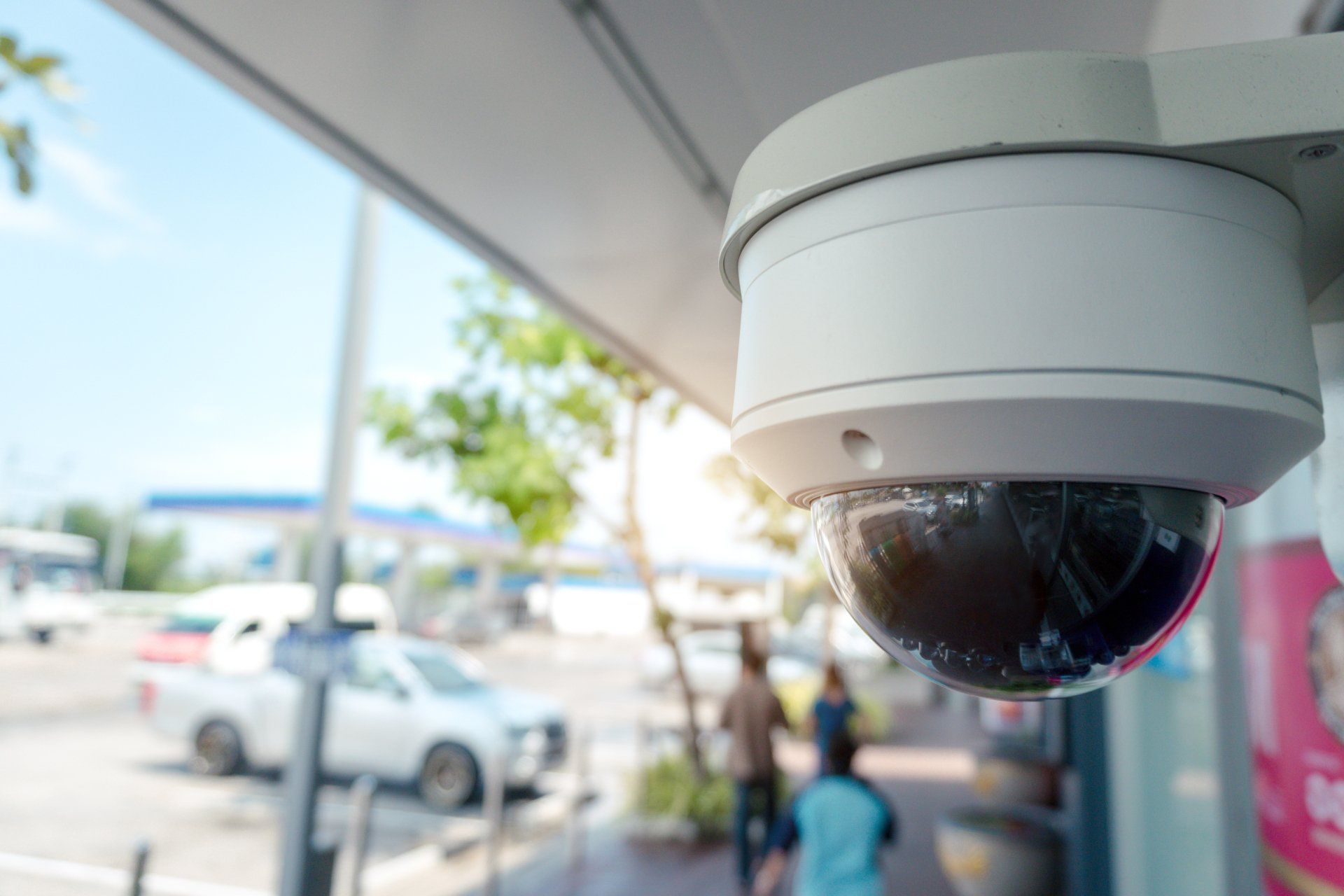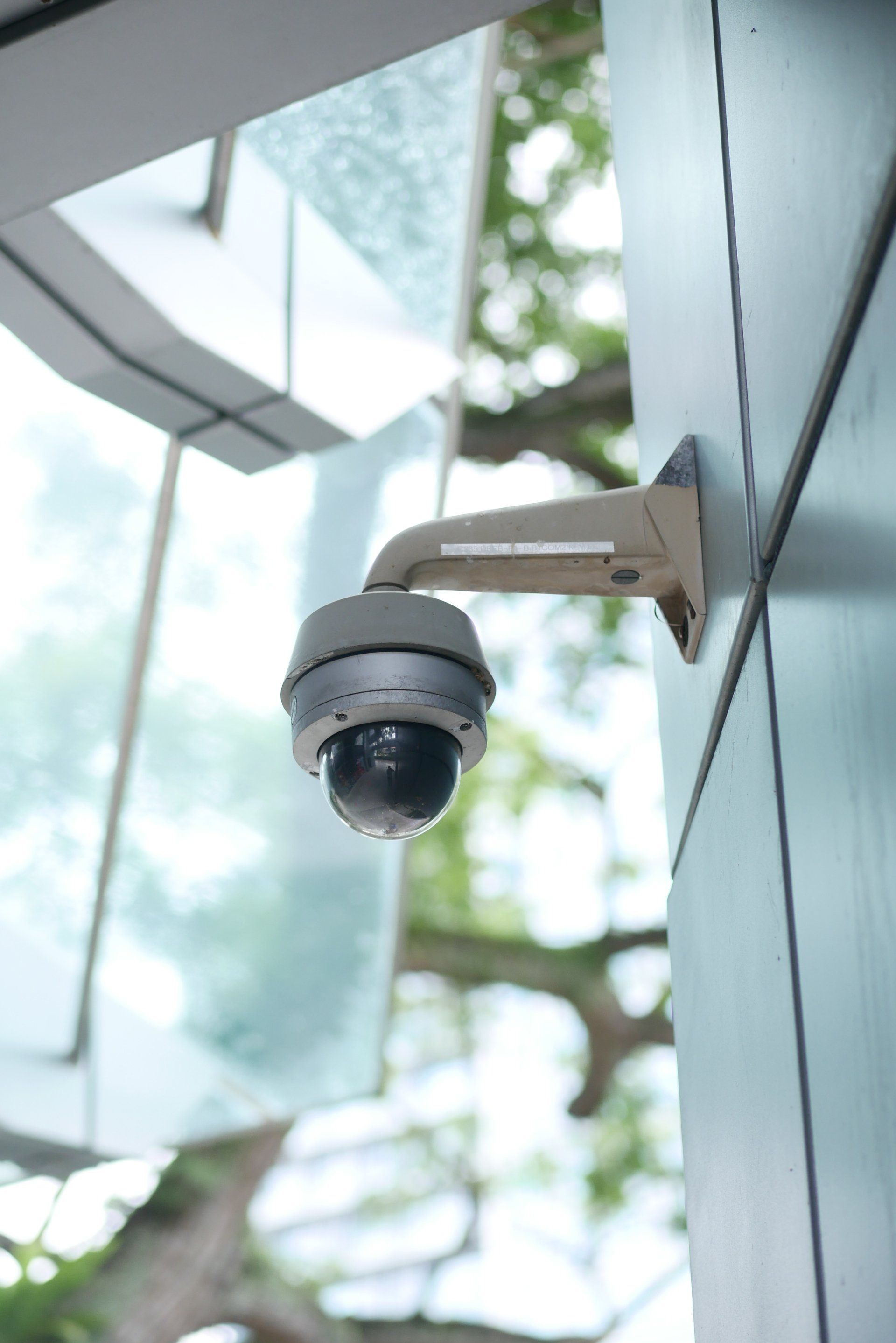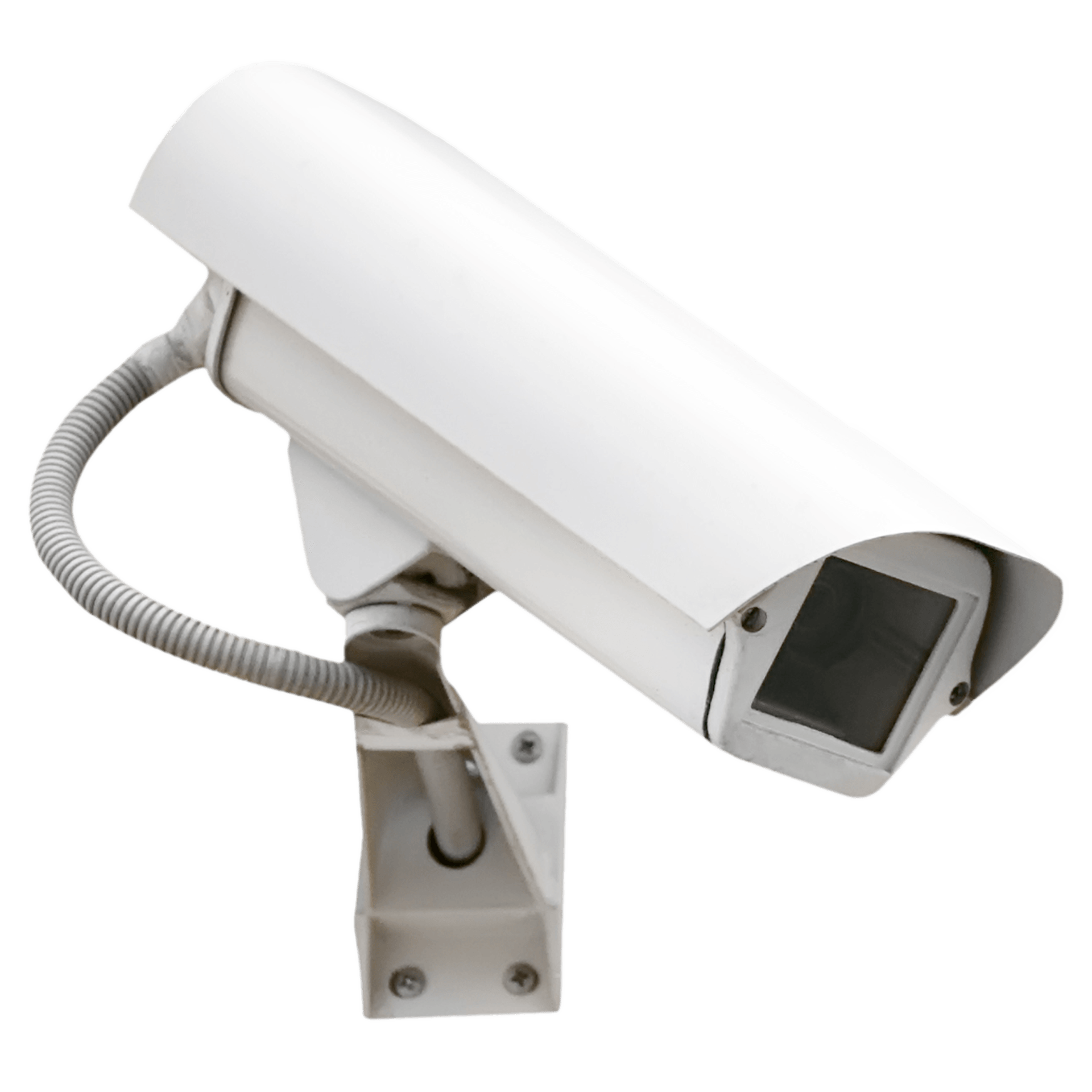Stay Alert, Stay Ahead: Mastering Remote Access and Monitoring in Commercial Security
Stay Alert, Stay Ahead: Mastering Remote Access and Monitoring in Commercial Security
In today's fast-paced world, where security threats are as dynamic as the technology designed to counter them, understanding and utilizing remote access and monitoring in commercial security systems is more crucial than ever. This comprehensive guide delves into the benefits of these advanced features, outlining their advantages and providing a practical guide on their implementation. Whether you're a business owner, security professional, or just keen on the latest in security technology, this article has got you covered.
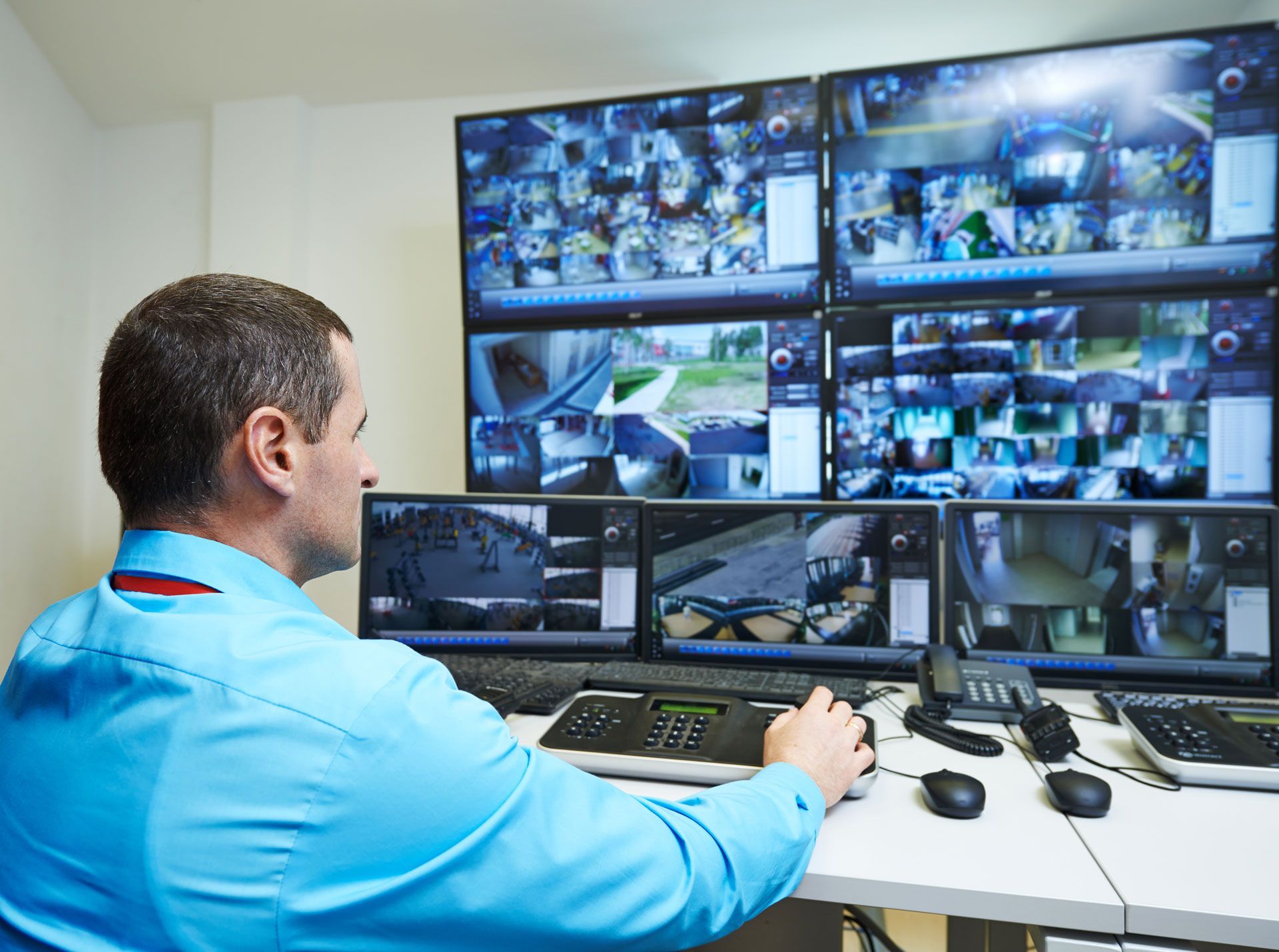 Button
Button
The Perks of Going Remote: Benefits of Remote Access and Monitoring
Enhanced Surveillance Efficiency Remote access and monitoring revolutionize how businesses approach security. Imagine being able to view live feeds from your security cameras, receive instant alerts, and even control security settings from anywhere in the world. This capability not only enhances the vigilance of your security system but also offers unprecedented flexibility in managing and responding to potential threats. It's like having a 24/7 guardian angel for your business, ensuring that no suspicious activity goes unnoticed.
Real-Time Alerts and Response
One of the most significant benefits of remote monitoring is the ability to receive real-time alerts. Whether it's unauthorized access or a technical malfunction, being immediately informed enables prompt responses, potentially averting crises. This feature is invaluable in emergency situations where every second counts.
Flexibility and Control
Remote access grants business owners and security managers unparalleled control over their security systems. Adjusting settings, managing access permissions, or conducting routine checks can be done from any location, removing the need to be physically present on-site. This not only saves time but also allows for more dynamic security management.
Step-by-Step Guide to Implementing Remote Access and Monitoring
1. Choosing the Right System
Selecting the appropriate system is critical. It should align with your specific security needs and be scalable to adapt to future business growth. Consider factors like the size of your premises, the nature of your business, and specific security concerns. Compatibility with existing systems and the potential for integration with new technologies should also be a key consideration.
2. Installation and Setup
Deciding between professional and DIY installation depends on the complexity of the system and your technical expertise. Professional installation, though more costly, ensures that the system is set up efficiently and is less prone to errors. It's important to follow a structured setup process, including testing all features and ensuring that network connections are secure and reliable.
3. Training and Usage
Training your team on how to use the new system effectively is crucial. Regular training sessions, coupled with easy-to-understand manuals, can help staff become proficient in using the system. Daily operation should include routine checks and maintenance practices to ensure the system functions optimally.
Navigating Challenges and Security Risks
Data Protection and Privacy
With the increasing reliance on digital technology, cybersecurity becomes paramount in remote access systems. It's essential to implement robust encryption methods and regular software updates to protect against cyber threats. Educating staff about data protection and privacy laws is also crucial to ensure compliance and safeguard sensitive information.
Troubleshooting Common Issues
Be prepared to face technical challenges. Regular system audits, maintaining a log of common issues and their solutions, and having a reliable technical support team can help in quickly resolving problems, minimizing downtime, and maintaining the integrity of your security system.
FAQs
-
How does remote access enhance security in commercial settings?
Remote access allows for continuous monitoring and real-time response to security events, significantly enhancing the overall security posture of a business. The ability to monitor from anywhere ensures that security management is proactive rather than reactive.
-
Can remote monitoring replace physical security measures?
While remote monitoring is a powerful tool, it is most effective when used in conjunction with traditional physical security measures. It complements physical security by adding an extra layer of surveillance and response capability.
-
What are the costs involved in setting up a remote access and monitoring system?
Costs can vary widely based on the system's complexity, installation charges, and any additional features. However, the investment often pays off in the long run through enhanced security, prevention of theft or damage, and improved operational efficiency.
Conclusion
Embracing remote access and monitoring in commercial security systems isn't just a trend; it's a strategic move towards more efficient, responsive, and adaptable security management. By understanding the benefits and learning the ropes of these systems, businesses can stay a step ahead in safeguarding their assets and maintaining peace of mind. In an era where security challenges are ever-evolving, being equipped with the right technology is not just an advantage—it's a necessity.
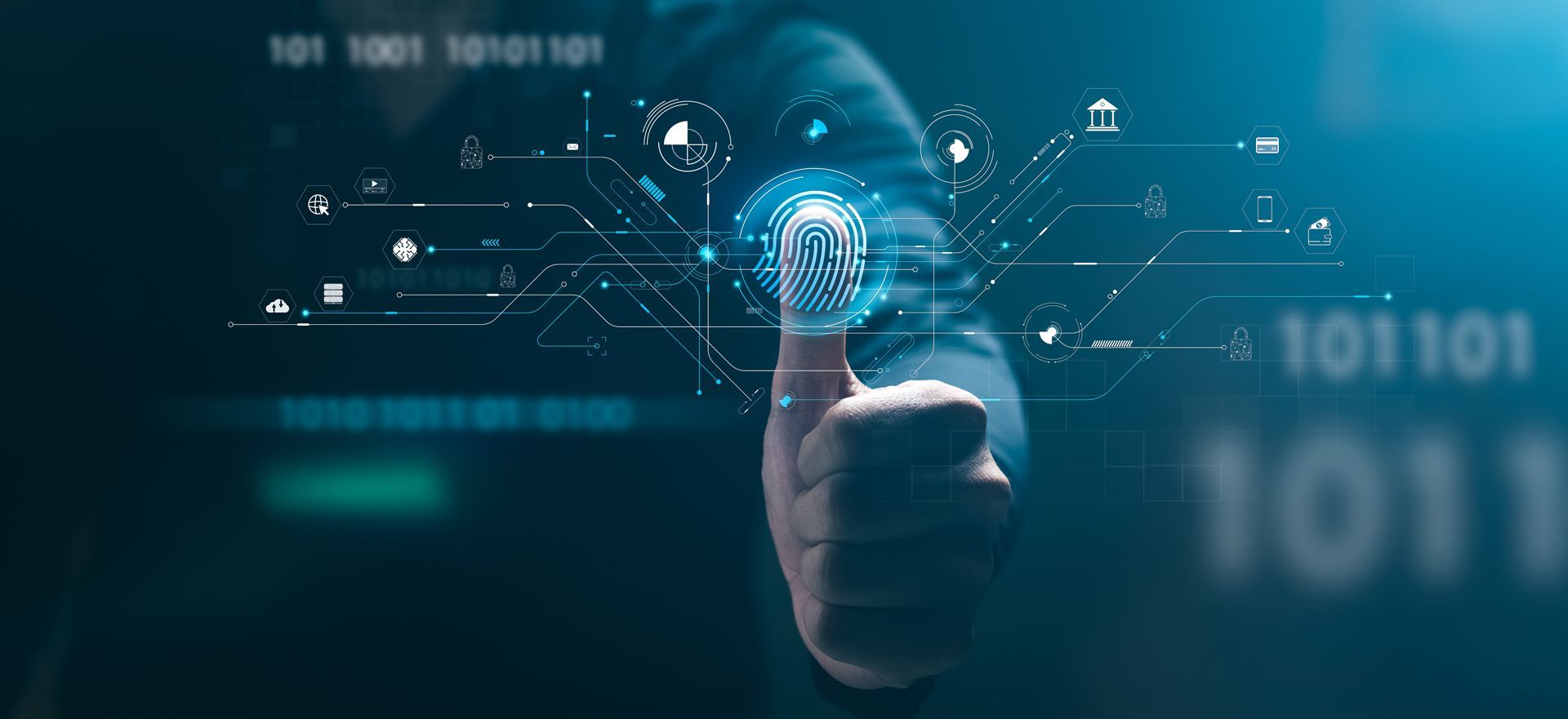
All Rights Reserved | Caveman Security | Privacy Policy

